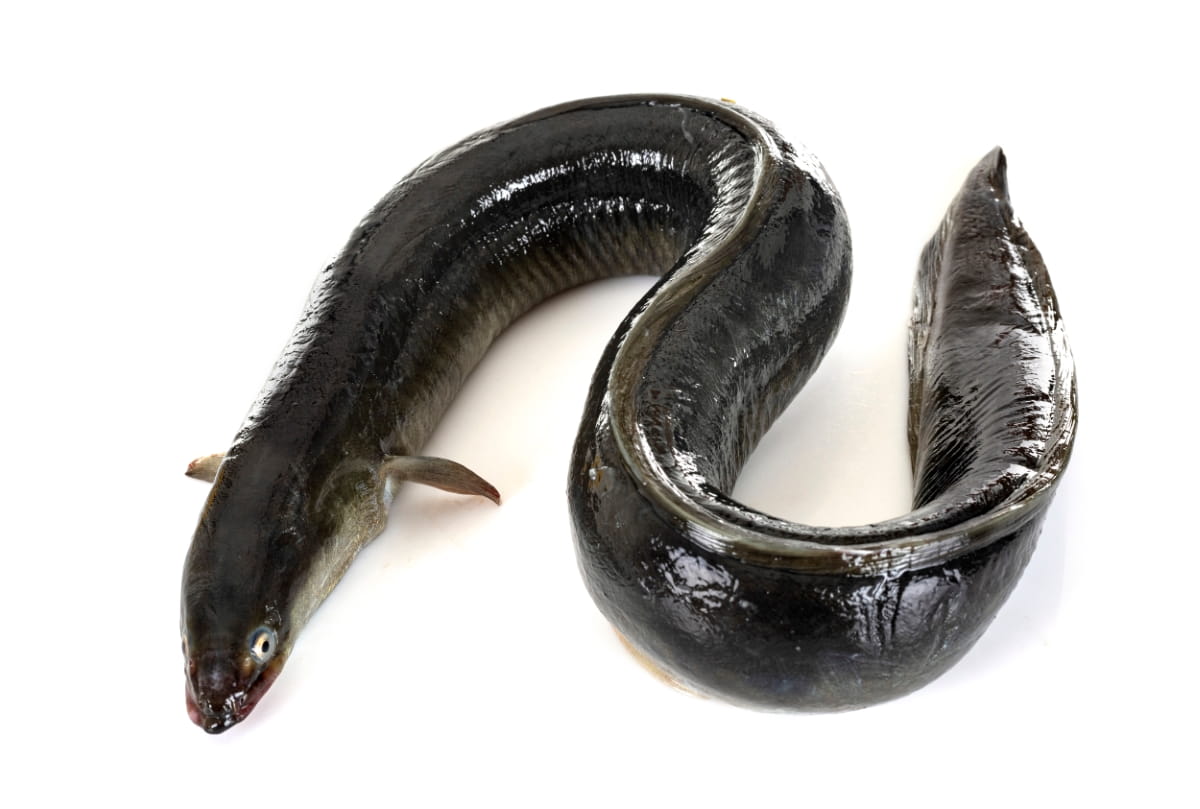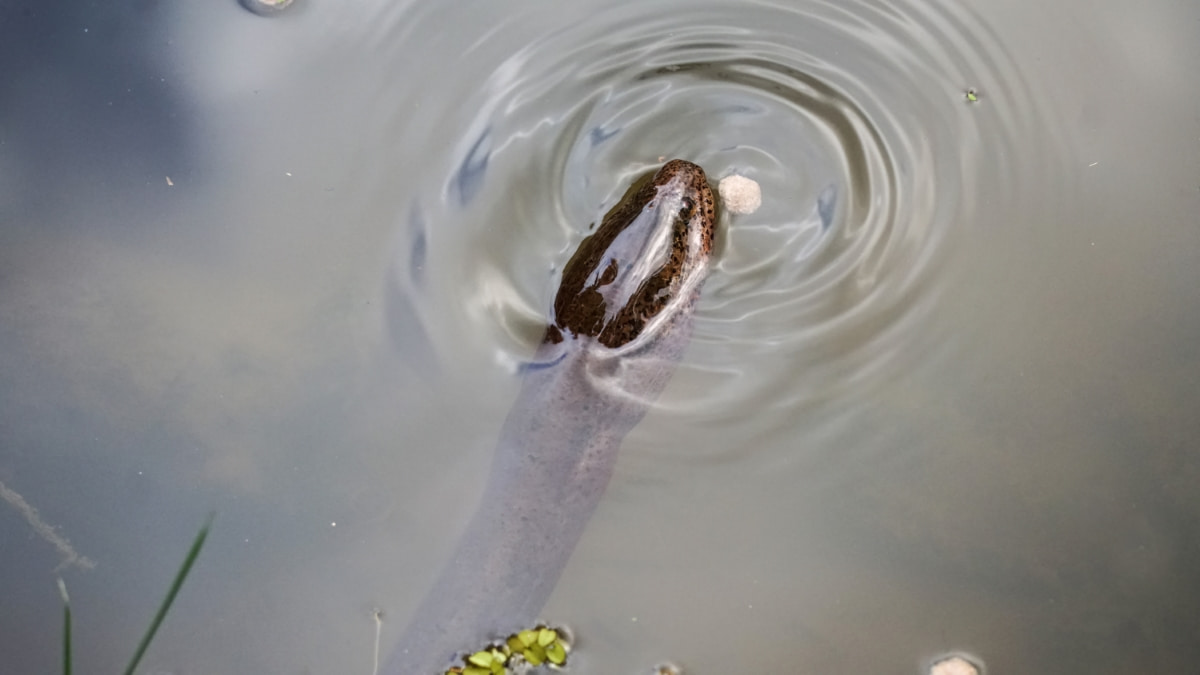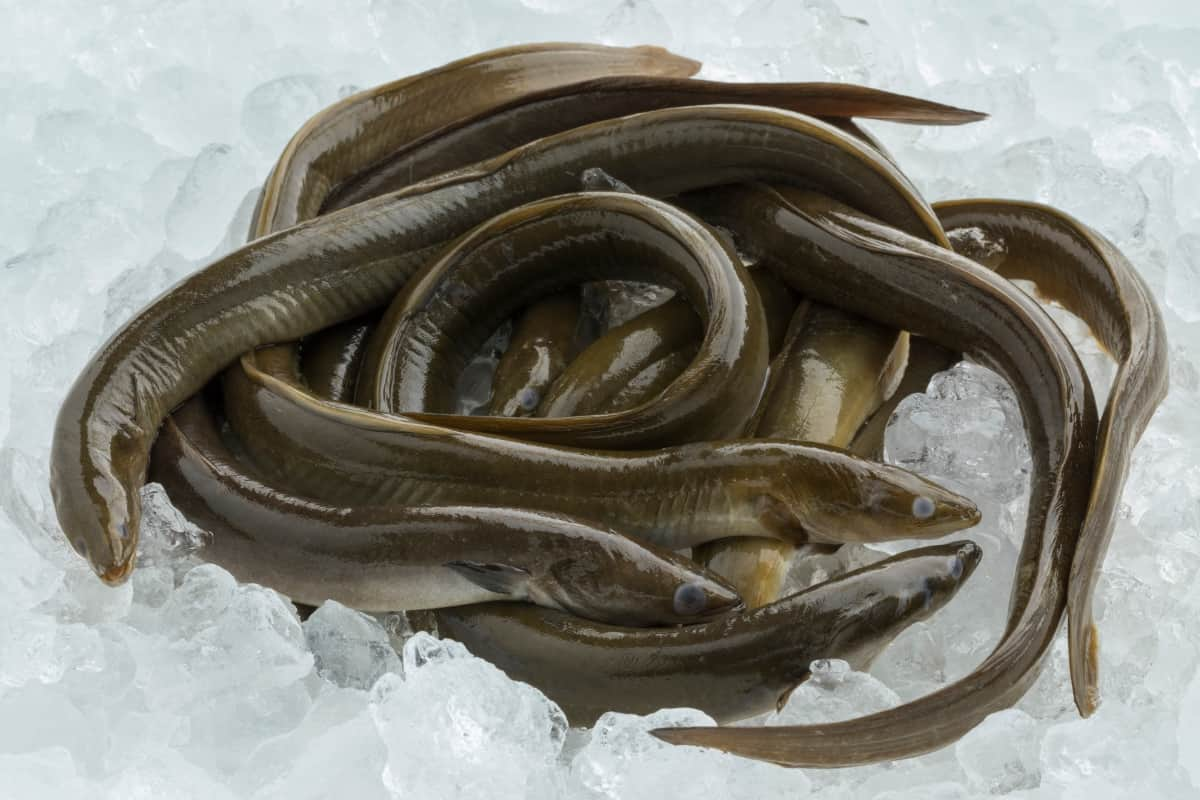Eel farming is a global business focused on raising Eels for their meat. This industry grows young Eels until they’re big enough to be sold. It can be a profitable way to produce nutritious food. Considering starting an Eel farm? Here’s a simple guide covering breeding, raising, feeding, and harvesting Eels. Eels, known as Igat or Palos in Tagalog, thrive in both fresh and saltwater. Worldwide, they’re a sought-after ingredient in many dishes and a special treat in certain cultures, especially in Asia.

Raising Eels is fairly straightforward. They need little space and adapt to various diets. When it’s time to harvest, careful methods are key to keeping the Eel meat intact. The Japanese Eel (Anguilla japonica) is widely farmed in Japan and Southeast Asia, including the Philippines. In countries like Australia and New Zealand, farmers also raise the Longfin Eel (Anguilla reinhardtii) and the Shortfin Eel (Anguilla australis).
Eel farming ventures will require specific equipment and supplies. Sustainable farming practices and a proper Eel farming business plan are vital for long-term success. Before planning, you must check Eel farming regulations and permits with your local aquaculture or fisheries department. In this blog post, we learn the process of Eel farming along with economics, cost, profit, and investment.
Common Farmed Species of Eel and Types of Eels
The Japanese Eel (Anguilla japonica): These are mostly found in Japan, Korea, China, and Taiwan’s fresh and brackish waters. It’s well-suited for pond farming in these areas due to its adaptation to warmer waters.
The Longfin Eel (Anguilla reinhardtii) and Shortfin Eel (Anguilla australis): These varieties are common in Australia and New Zealand’s brackish and fresh waters. They’re the main Eels farmed in these countries.
The American Eel (Anguilla rostrata): This variety is found in the eastern United States, southeastern Canada, and the Gulf of Mexico, in both brackish and fresh waters.
The European Eel (Anguilla Anguilla): This type mostly found in the UK, Ireland, the Mediterranean, Northern Africa, the Baltic Sea, and Iceland up to mid-Norway, in both fresh and brackish waters.
Breeding Habits of Eels in Aquaculture
Eel farming involves specific techniques and a good understanding of the process. If you’re considering this venture, here’s a simplified guide focusing on profitable methods, essential equipment, and the best species for farming. Breeding Eels is more controlled in captivity, protecting young Eels from predators and ensuring proper care. Eels mature at about two years. To identify breeding readiness, look for white spots in males and fuller bodies in females.
Create an optimal breeding environment in tanks with hiding spots and plants for egg shelter. During mating, males fertilize the eggs internally. Females lay eggs in secure places like among plants or in a cave. The eggs hatch in about 10 days, and the young Eels, or elvers, start feeding on small aquatic creatures. Eel females lay eggs in dark, secluded spots. Males then fertilize these eggs. The hatched larva, known as leptocephali, drifts in the ocean before maturing into adult Eels.
Eel farming is profitable and in demand globally. Successful farming starts with captive breeding, requiring suitable tanks or ponds with good hiding spaces and oxygenation. After spawning, maintain egg incubation at around 22 degrees Celsius. Elvers should be raised in freshwater tanks with constant water flow and frequent feeding. As elvers grow, transfer them to larger tanks until they’re ready for harvest. Eel farming can be a rewarding and lucrative business with the right preparation, dedication and hard work.
Top 10 Countries for Eel Farming Business
| Eel Farming Rank | Eel Farming Country |
| 1 | China |
| 2 | Japan |
| 3 | Taiwan |
| 4 | South Korea |
| 5 | Italy |
| 6 | Denmark |
| 7 | Spain |
| 8 | Netherlands |
| 9 | United States |
| 10 | Australia |
In case you missed it: Top 10 Common Mistakes to Avoid in Fish Farming

Best Feeding Techniques and Diet for Optimal Eel Growth
When feeding Eels, it’s important to give them a protein and fat-rich diet. They are carnivores and prefer live food like worms, insects, and small fish. Frozen or freeze-dried foods are okay but should be just a part of their diet, not the main part. Eels are known for escaping nature, so their tanks or ponds need to be secure. For aquariums, ensure the lid fits well without gaps. For ponds, use a net to cover them.
Eels will eat anytime they find food, but it’s best to have a regular feeding schedule. Usually, feeding them once or twice a day is enough. Make sure they don’t eat too much to avoid getting overweight. Should be careful with overfeeding as it’s a common issue. If you see uneaten food left over, or if they act aggressively towards each other, they might be overfed.
Advanced Aquaculture Practices in Eel Farming for Maximizing Growth
Optimize Water Parameters: Maintain proper water temperature, pH, and oxygen levels. Provide advanced filtration systems in Tanks and monitor regularly to help in creating an environment for optimal eel growth. Controlled Feeding system: Implement controlled feeding techniques for Eels at different growth stages. Provide a balanced feed rich in protein and fats through specialized feed.
Breeding and Genetic Management: Implement selective Eel breeding programs to improve growth rate, disease resistance, and adaptability. You can also explore genetic approaches to further improve the Eels growth. Implement Biosecurity Measures: Implement the best biosecurity measures to prevent the outbreak of diseases in Eel culture.
This biosecurity includes regular health monitoring, quarantine procedures for new eel stock and the use of vaccines at right time. Environmental Sustainability: Adopt practices like recycling water, minimizing waste, and responsible feeding which improves the yield of the farm and reduces ecological footprint.
Automated Systems: Provide sensors and automated feeding systems for more consistent and efficient farming practices. Habitat Simulation: Provide tanks or ponds that provide adequate space, hiding places, and suitable substrates to mimic like natural growing environment.
Eel Market Research and Analysis: Conduct a Eel market research for production of right size, quality, and quantity.
In case you missed it: Why Fish Feed Chart is Important for Fish Farmers and Aquaculture Business

Lifecycle of Eels in Aquaculture
Eels go through a fascinating life cycle with four stages. First, they start as an embryo, which then hatches into a larva. This larva turns into a special type called ‘leptocephalus’, which is flat, transparent, and leaf-shaped. The leptocephalus stage is long for fish larvae, lasting over two years. When the leptocephalus grows big enough, it changes into a juvenile glass eel. These glass Eels are still transparent but smaller and more cylindrical. As they migrate to where they will live as adults and keep growing, they turn into colored elvers and eventually become mature adults.
The Economics of Small-scale Eel Farming: Investment, Costs, and Profitability Analysis (ROI)
Costs Involved in Small-Scale Eel Farming
| Eel Farming Cost Category | Estimated Cost (USD) |
| Initial Setup (Tanks, Ponds) | $5,000 – $15,000 |
| Breeding Stock | $1,000 – $4,000 |
| Feed and Nutrition | $2,000 – $5,000 per annum |
| Water Management System | $1,000 – $3,000 |
| Labor | $5,000 – $8,000 per year |
| Disease Management | $500 – $2,000 annually |
| Utilities (Electricity, Water) | $100 – $500 monthly |
| Harvesting Equipment | $500 – $2,000 |
| Transport and Logistics | $1,000 – $2,000 |
| Marketing and Sales | $500 – $2,000 per year |
Potential Profits in Small-Scale Eel Farming
| Profit Category | Estimated Profit |
| Annual Sales Revenue | $20,000 – $50,000 |
| Other Income Sources | Variable |
Note: The above figures are hypothetical and estimation only. The actual cost and profits in Eel farms vary based on location, farm management practices, and other parameters
Creating an Eel Farming Business Plan
For a profitable Eel farming business, one should create an Eel farming business plan, which includes eel selection, investment details, required equipment, tank or pond details, risk mitigation tips, Eel farming marketing strategies, and involved cost components throughout Eel production.
In case you missed it: Fish Farming Regulations and Permits: Every First-Time Fish Farmer Should Know These

Conclusion
Eel farming can be good and make money if you learn to breed, grow, feed, and harvest them. Hope, this guide helps you understand how to farm eels on your own. With proper breeding practices, expect good ROI with Eel farming.
- Feed Your Flock for Less: Top 10 Tips to Save on Chicken Feed
- Ultimate Guide to Ossabaw Island Hog: Breeding, Raising, Diet, and Care
- Hatching Answers: The Top 10 Reasons Your Chickens Aren’t Laying Eggs
- Eggs and Economics: Breaking Down the Cost of Raising Backyard Chickens
- Defend Your Greens: Proven Methods to Keep Iguanas Out of Your Garden
- Ultimate Guide to Cinnamon Queen Chicken: A Comprehensive Guide for Beginners
- Ultimate Guide to California Tan Chicken: Breeding, Raising, Diet, Egg-Production and Care
- Ultimate Guide to Marsh Daisy Chicken: Breeding, Raising, Diet, and Care
- 10 Types of Chicken Farming Businesses You Can Start for Profits